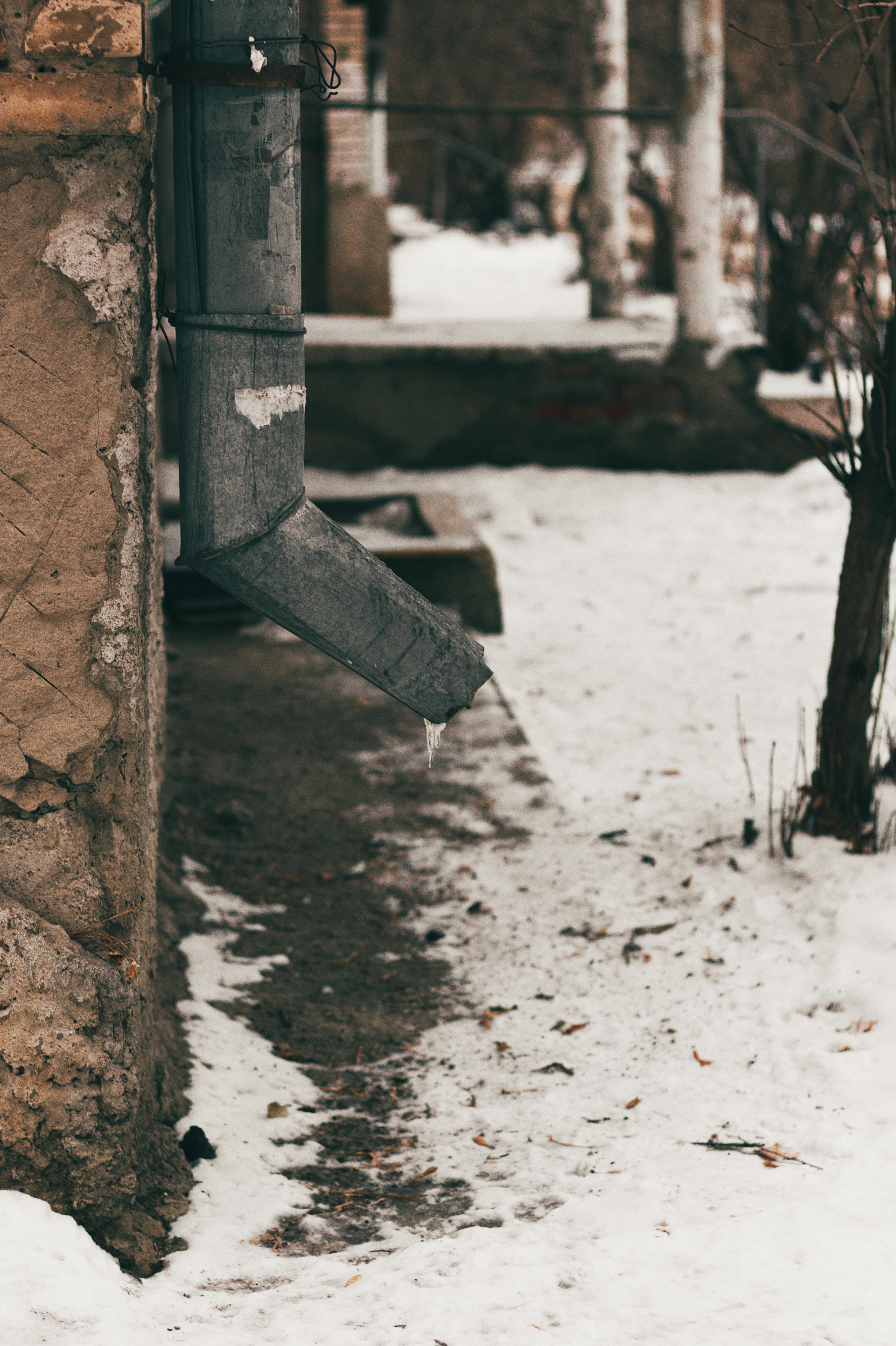Winter Home Management Tips for Minnesota Homeowners
Stay Safe and Cozy This Winter
As winter sets in, Minnesota homeowners know just how intense the cold season can be. At The Grounds Crew, we specialize in snow removal, but there’s much more to managing a home during the frosty months. Here are some essential tips to prepare your home for winter and keep it running smoothly through Minnesota’s harsh conditions.
1. Prepare Your Yard for Snow
If you have delicate plants or shrubs, protect them from heavy snow and frost by covering them with burlap or frost cloths. Mark the edges of your driveway and walkways with stakes to guide snow plows and shovels, ensuring you don’t accidentally damage your lawn or garden during snow removal.
2. Prepare Your Roof and Gutters
Ice dams are a common winter hazard in Minnesota, causing water to back up under your shingles and lead to leaks. To prevent this, make sure your gutters are clean and free of debris. Installing gutter guards can also help. Before winter fully sets in, check your roof for missing or damaged shingles, and ensure your attic has proper ventilation to prevent moisture buildup.
3. Inspect Exterior Water Sources
Make sure to drain and shut off exterior faucets to prevent them from freezing and bursting. If you have a sprinkler system, it should be winterized by blowing out the water from the pipes. Insulate any exposed pipes in unheated areas of your home to avoid costly repairs from freezing.
4. Seal and Insulate Your Home
A well-insulated home can make all the difference in your energy bills and comfort. Check for drafts around windows, doors, and the attic. Use caulk to seal any cracks, and consider installing weatherstripping where needed. Adding insulation to the attic can also prevent heat from escaping and reduce the risk of ice dams forming on your roof.
5. Test Your Heating System
Before the temperatures drop too low, have your furnace or heating system inspected by a professional. Regular maintenance can catch problems early and help your system run more efficiently. Change your furnace filters monthly during the winter to ensure the best airflow and air quality. If you use a fireplace, now’s the time to clean the chimney and stock up on firewood.
6. Service Your Snow Removal Equipment
If you prefer to handle snow removal yourself, now is the time to tune up your snowblower. Check the oil, replace spark plugs if necessary, and make sure your machine is ready to tackle the heavy Minnesota snowfall. Keep shovels handy, and invest in a good de-icer for your walkways and driveway.
Or, if you’d rather leave snow removal to the pros, The Grounds Crew
is here to help! We offer reliable, timely snow removal services so you can enjoy a safe, clear driveway and sidewalk all winter long without the hassle.
By following these winter home management tips, you can ensure your Minnesota home stays safe, warm, and well-maintained throughout the cold months. If you need help with snow removal, The Grounds Crew
has you covered. Contact us
today to schedule your winter services and let us handle the snow, so you don’t have to!
Stay warm and stay safe this winter!
The Grounds Crew – Your Snow Removal Experts
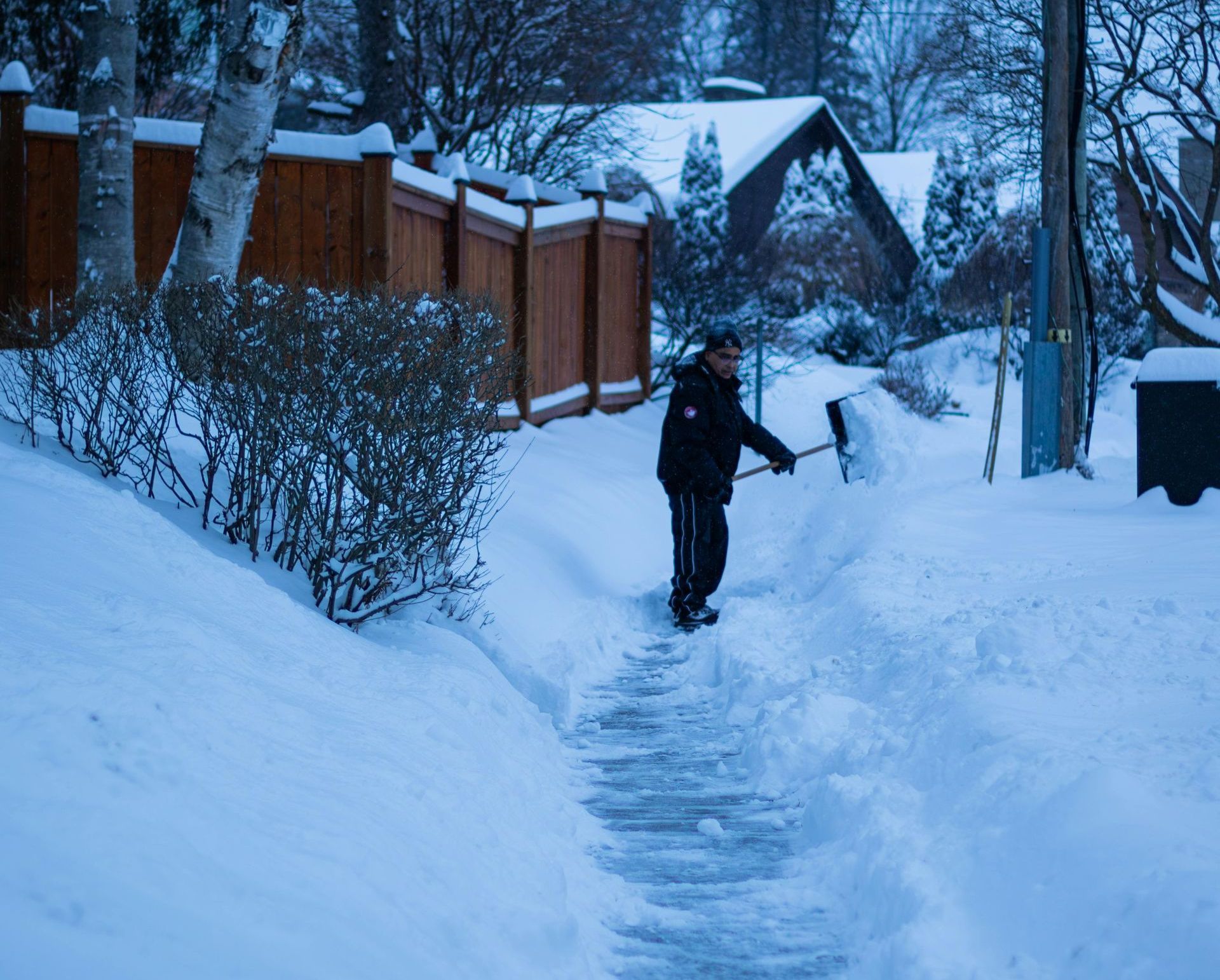
Winter in Minnesota brings more than just picturesque landscapes—it comes with the challenge of snow-covered driveways, sidewalks, and roofs. While the snow blanket may look beautiful, it creates safety hazards and disrupts your daily routine. Removing snow effectively is essential for keeping your property safe and accessible. This guide provides effective and safe DIY snow removal tips. Whether it’s clearing heavy snowfalls or ensuring you don’t slip and slide on icy surfaces, these strategies will help you ace the snow removal game.
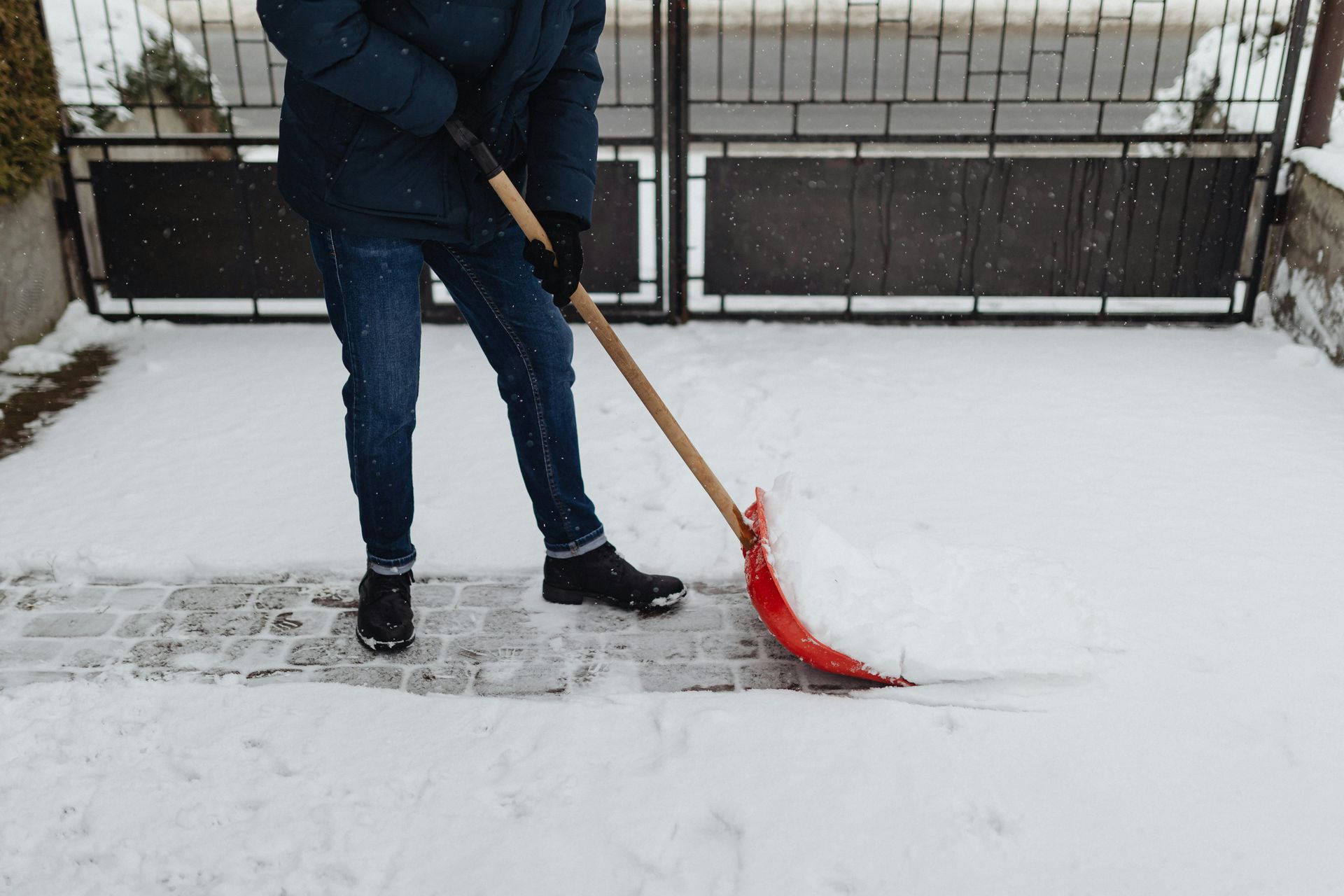
Minnesota winters are known for their breathtaking snowy landscapes, but they also pose unique challenges for homeowners. Properly preparing your yard for winter not only ensures that it will shine beautifully come spring but also makes it easier to manage throughout the snowy months. By taking a few essential steps this fall, you can protect your plants, maintain your lawn's health, and enjoy a picturesque yard all winter long. Why Winter Preparation Matters Before we get into the nitty-gritty of winterizing your yard, let's discuss why it's crucial. Minnesota's harsh winters can be tough on lawns and gardens, but with the right preparation, you'll minimize the damage and set the stage for lush growth in the spring. Pre-winter tasks like clearing debris, cutting back plants, and insulating delicate shrubs can make all the difference. Plus, a well-maintained yard is easier to manage and keep safe during snowfalls. Essential Tasks to Prepare Your Yard for Winter 1. Rake and Remove Leaves Leaves might create a beautiful carpet of color, but leaving them on your lawn over winter can smother grass and lead to disease. Regularly rake and remove leaves during the fall to ensure your lawn can breathe. Consider composting the leaves for an environmentally friendly disposal method. 2. Aerate Your Lawn Aerating involves perforating the soil with small holes to allow air, water, and nutrients to penetrate the grass roots. This is especially important before winter as it helps combat soil compaction and ensures your lawn can absorb moisture when the snow melts. Tip: Aerate your lawn in late September or early October for best results. Rent an aerator or hire a professional service if needed. 3. Apply Fall Fertilizer Feeding your lawn before winter provides essential nutrients that help grass roots grow stronger, even during dormancy. Use a high-potassium fertilizer to prepare your lawn for the cold weather ahead. Tip: Check with your local garden center for fertilizers specifically formulated for Minnesota's soil and climate. 4. Prune Trees and Shrubs Trim dead or diseased branches from trees and shrubs to prevent winter breakage caused by heavy snow and ice. Pruning also encourages healthy growth come spring. Tip: Use sharp tools for clean cuts and avoid pruning in late fall to prevent stimulating new growth that might not withstand cold. 5. Protect Sensitive Plants Cover delicate bushes and perennials with burlap or protective fabric to shield them from harsh winds and frost. Mulching around the base can also provide insulation. Tip: Consider shifting potted plants indoors or into a sheltered area to give them a better chance of surviving the winter. 6. Clean Gutters and Downspouts Clogged gutters can lead to ice dams and water damage, which are common issues in Minnesota's winter. Ensure gutters and downspouts are clear of leaves and debris for proper drainage. Tip: After cleaning, ensure that downspouts direct water away from the foundation to prevent leaks and flooding. Elevate Your Winter Readiness with Expert Assistance By following these steps, you'll set the stage for a vibrant yard once the snow melts. However, tackling winter alone can be daunting. This is where The Grounds Crew comes in. Our professional snow removal services offer several benefits: Timely Removal: We'll ensure your paths and driveways are cleared promptly after each snowfall. Correct Tools: We use the right equipment for all types of snow and ice, ensuring effective and safe removal. Less Physical Strain: Avoid the backbreaking work of shoveling snow on your own. Safety First: Clear paths reduce the risk of slips and falls, keeping you and your family safe. Professional Communication: Our team keeps you informed every step of the way, providing reliable and consistent service. Prepare for winter with confidence—consider hiring The Grounds Crew to handle your snow removal needs and give your yard the care it deserves. Contact us today to learn more about our services and how we can help make your Minnesota winter as stress-free as possible.
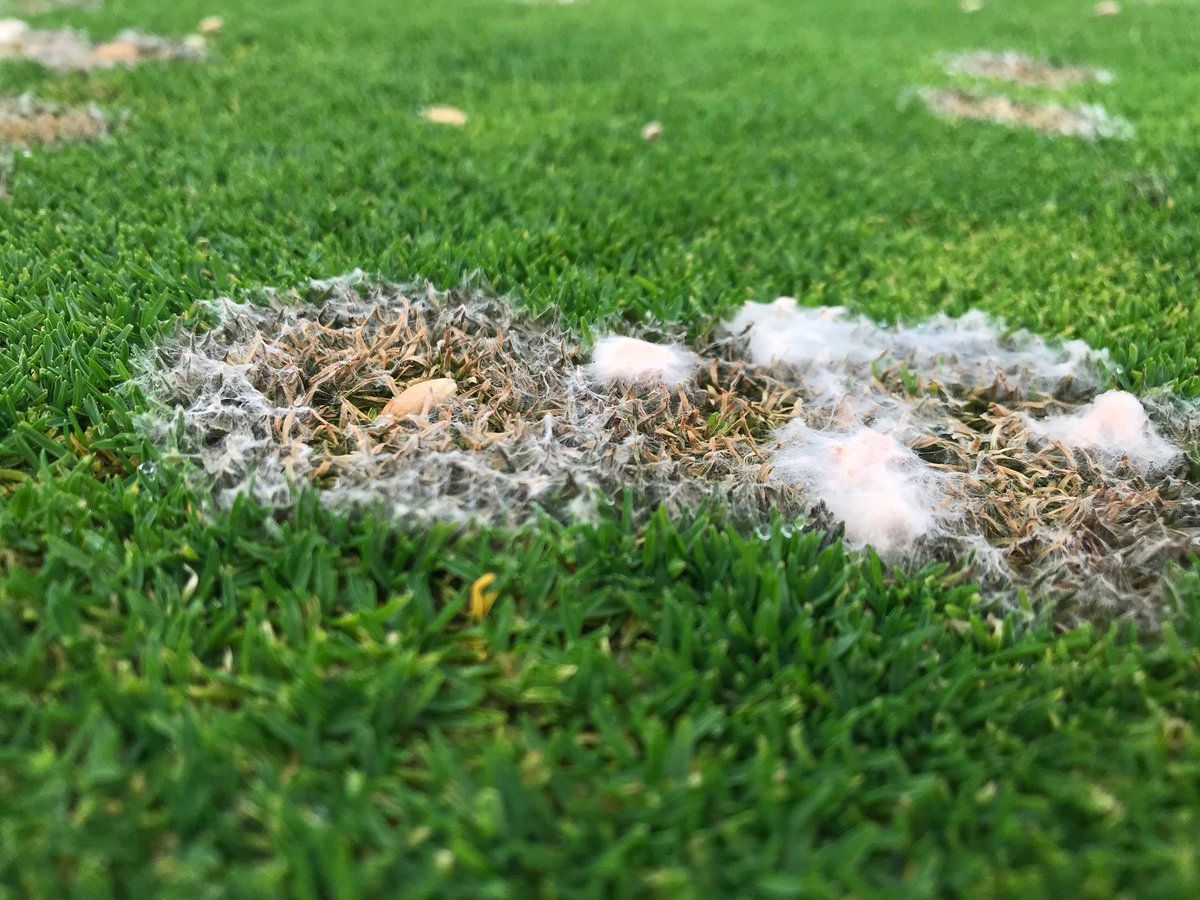
You may or may not know this but…. SUMMER IS ON IT’S WAY!!!! As the warm weather begins its approach and the snow begins to melt, you may start to see Snow Mold in your yards. In this blog post, we’ll give you some perspectives on what snow mold is, and how you can treat it (to best protect your yard) this Spring. What exactly is snow mold? Snow mold is exactly what it sounds like, a mold that is created by snow. Essentially, it’s a cold-weather fungi that affects cooler-season grasses. You can diagnose snow mold by its circular patches of dead grass (it may also be matted). Likely, you’ll also find fungal material that forms around these dead patches, known as Mycelium (the vegetative part of a fungus, consisting of a network of fine white filaments). Above is an example of what snow mold will look like. How do I get rid of snow mold? Typically, snow mold will get rid of itself as the weather improves. YOu may want to give your lawn a good raking in the Spring months to simply get rid of any debris or mold that may have built up (or doesn’t go away). If there are dead patches from the mold, you can either reseed or re-sod; depends on your preference. If you’re looking for professional help, our TGC team would be more than happy to help you restore your lawn from any harsh Winter happenings, including snow mold. How can I prevent snow mold in the future? Preventing snow mold really comes down to this: did you plan ahead before the snow falls, or not? If the snow has already covered the ground for the winter, there isn’t much you can do. However, here are a few things you can do before the snow falls: Give your lawn the proper fertilization for Winter Cut your grass a little (extra) shorter on the last cut of the year Mulch any leaves in your yard to get rid of places where mold can grow Whether you have snow mold, want to better protect your yard from it over the Summer months (in preparation for Winter), or just have some questions. Our team is happy to help. Give us a call today! Cheers to Summer! -TGC Team
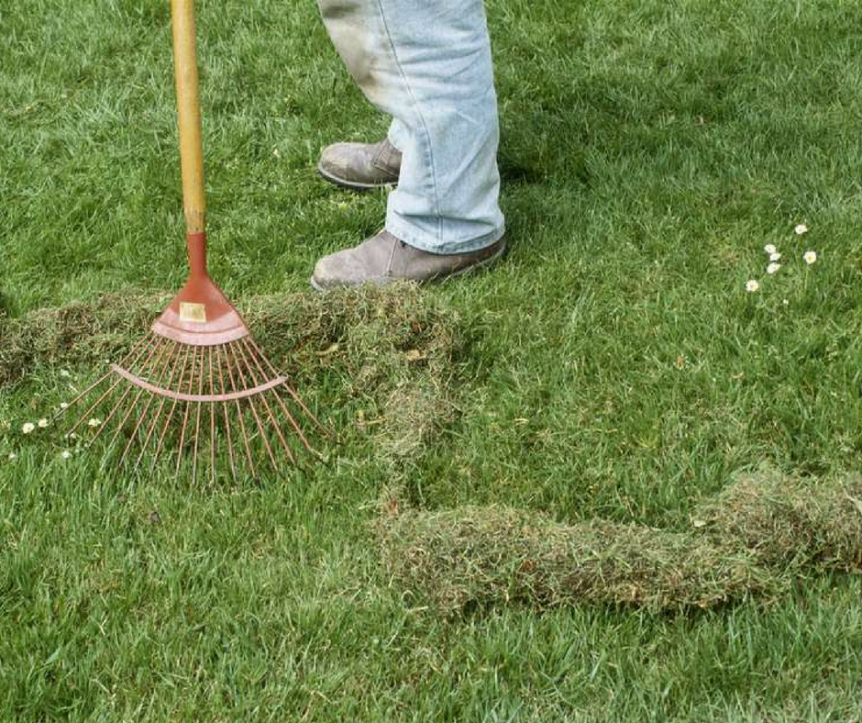
Lawns are the first thing people see when they approach your home and having a lush green one is important for giving a good first impression. To maintain this look you have probably been fertilizing, mowing and watering away, but it might still look a little patchy and dry. It may need a dethatching. What Is Thatch? Thatch is the thick layer of living and dead stems, roots, and grass that collects right above the soil in a mat. Most of the time, it is between 1/2 inch and 3/4 inch thick. At that size, it can actually help the lawn retain water and fight soil compaction. However, it can build up to over an inch with time, and there is such a thing as too much thatch. Why Dethatch? Thatch blocks water and nutrients from getting to your soil if it gets too thick, and a neglected lawn that has more than an inch of thatch can start to choke from the lack of air. This can mostly be avoided by regular aeration, but it may sometimes be necessary to remove a layer of thatch. How Is It Done? Lawn care professionals carry with them their own dethatching equipment. There are two types: power dethatchers and thatching rakes. Both are made of sharp blades that can be adjusted for the depth of thatch and type of grass. These are pulled through the lawn so that it removes the appropriate amount of thatch. Getting this done correctly is critical so you may want to hire someone with the right equipment and expertise. What Do You Do Afterwards? The most important thing to do after dethatching is to clean up. Remove all the debris that you have pulled up. After that, it is time to pamper your lawn. It’s going to need the nutrients and it is primed to use everything you give it, so have it watered and fertilized. If you have this done during your lawn’s growing season, the grass will spring up as good as new for the year. You may want to hire a lawn care specialist to give it the care it needs. Once the dethatching is done, your lawn will be able to become the emerald beauty that you know it can be. Fortunately, if you are in the Twin Cities, The Grounds Crew can help. If you want to know about lawn care, you can contact us. -TGC Team

